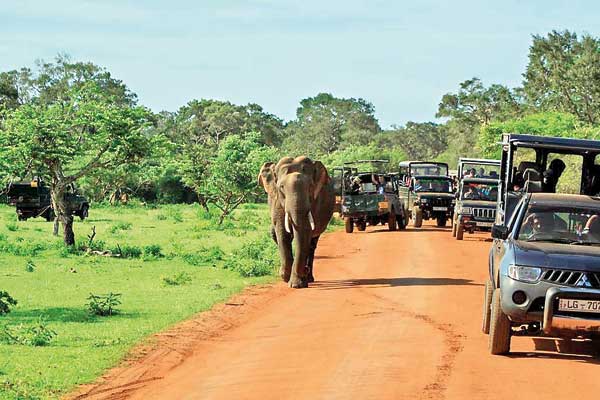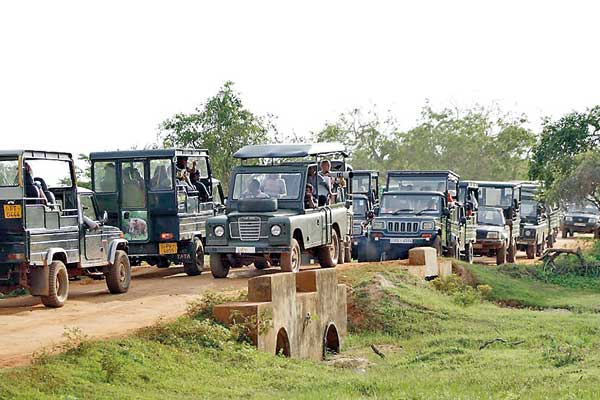11 Aug 2015 - {{hitsCtrl.values.hits}}


.jpg) One cannot escape getting caught up in the election fever and the flurry of activities which have engulfed our little island these days.
One cannot escape getting caught up in the election fever and the flurry of activities which have engulfed our little island these days.
26 Nov 2024 6 hours ago
26 Nov 2024 7 hours ago
26 Nov 2024 7 hours ago
26 Nov 2024 9 hours ago
26 Nov 2024 9 hours ago